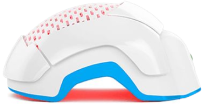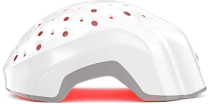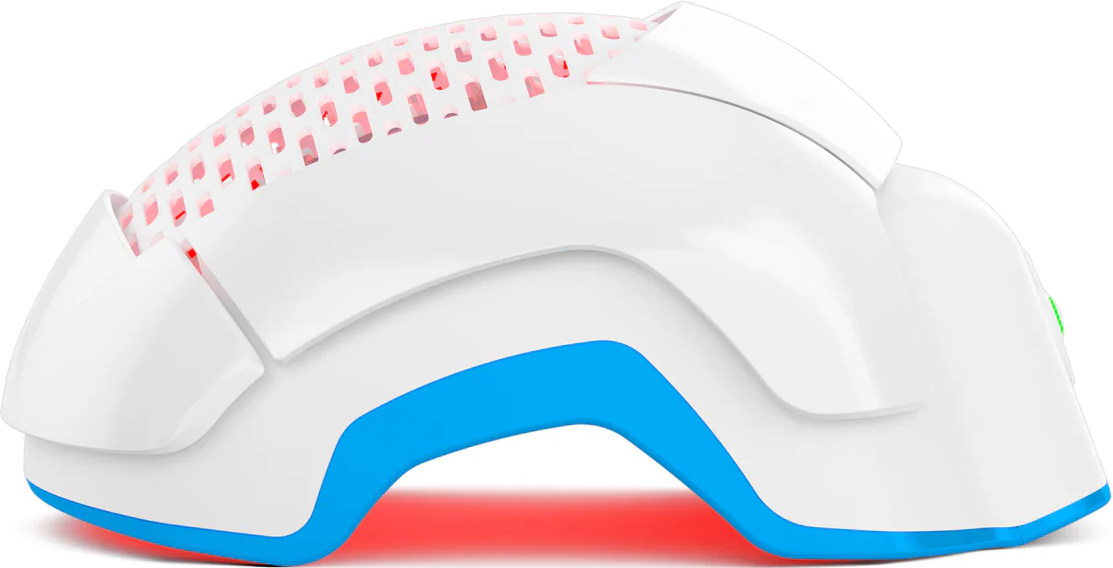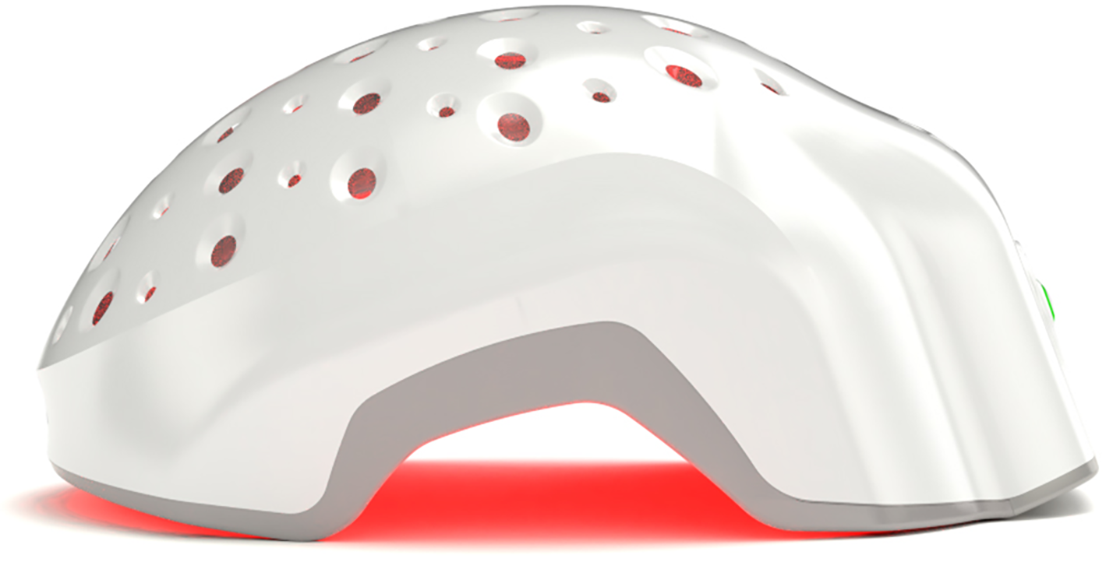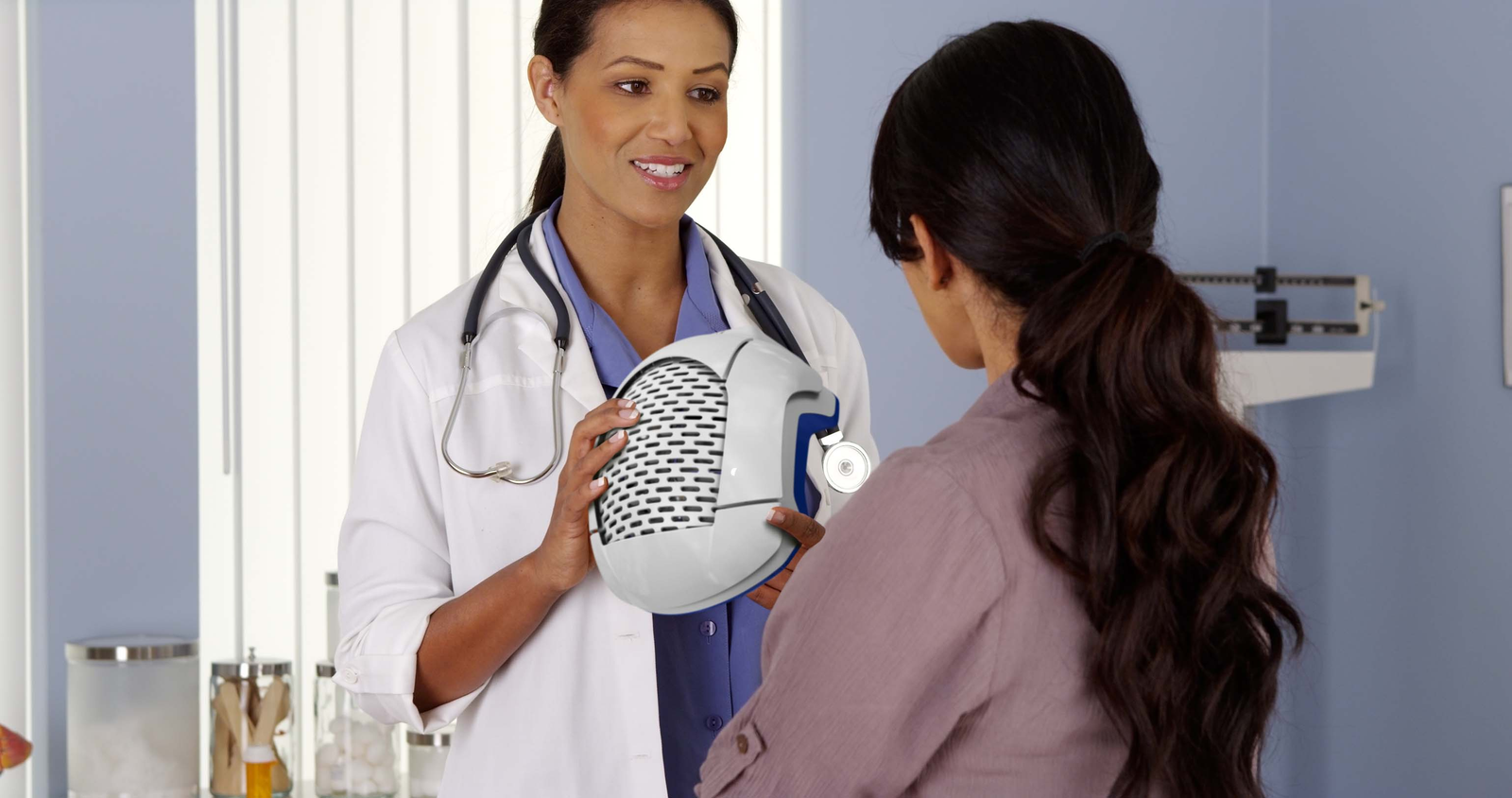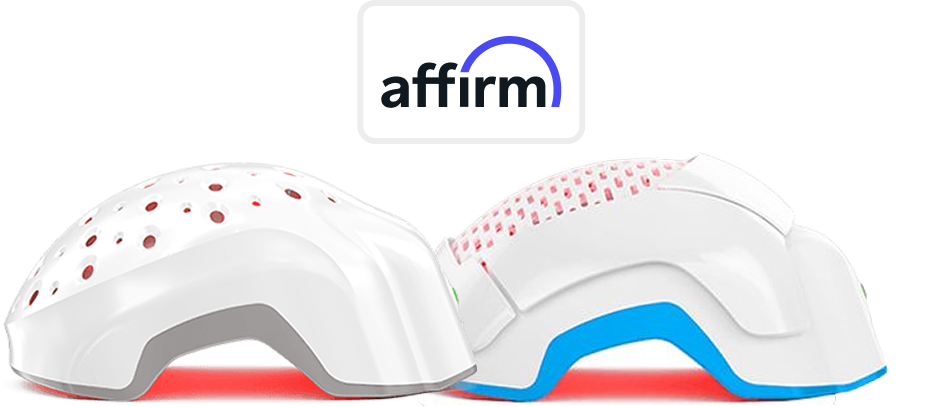Unhealthy hair – dry, dull, prone to breakage – it's more than just an unruly mane; it's your hair sending out an SOS. From overusing heat styling tools to skipping that balanced diet, there are countless ways your strands can go rogue. But before you consider throwing on a hat and calling it a day, know that learning how to fix unhealthy hair is easier than you might think.
Here's the thing: Hair health isn't just about glossy magazine shine; it's about a healthy cuticle, proper nourishment, and, yes, even a little pampering. By focusing on the right habits and ditching the wrong ones, you can transform lackluster locks back into their former glory. And no, it doesn’t involve emptying your wallet on fancy products or learning mystical hair chants.
So, here are the five proven techniques to fix unhealthy hair that you can start using today.
Understanding Unhealthy Hair
Let's get one thing straight – unhealthy hair is not just about a bad day with the frizz; it's your hair waving a red flag that something is seriously wrong. Signs of unhealthy hair often go beyond the superficial. Sure, split ends and dryness might seem like minor annoyances, but they actually point to a lack of essential moisture and nutrients at the core of your hair strands. And when hair loses its structural integrity, you start seeing all the telltale signs: brittleness, dullness, and tangling.
And here's the reality check: it’s not just the hair shaft that’s damaged. An unhealthy scalp is a major player in damaged hair. When your scalp isn’t in tip-top shape, it can clog hair follicles, slow down hair growth, and even lead to thinning. A neglected scalp might lead to slow growth or, worse, hair loss. The truth is, when it comes to healthy hair, what’s going on beneath the surface is just as important as what you see on top.
Key signs of unhealthy hair include dryness, breakage, frizziness, and poor growth. Recognizing these symptoms is step one to restoring your hair's health – it’s your cue to stop ignoring those warning signals and start taking action. Knowing what you’re dealing with means you can apply the right care to repair, nourish, and strengthen before the damage turns into a full-on hair crisis.
5 Proven Techniques to Fix Unhealthy Hair
No need to panic if your hair has seen better days. There are reliable ways to revive those damaged locks.
Let’s break down the five key techniques to fix your unhealthy hair – starting with hydration and ending with scalp care.
1. Deep Conditioning Treatments
Deep conditioning treatments are like a glass of water for your thirsty, damaged hair. When hair is dry, damaged, and brittle, a standard conditioner may not cut it. That’s when deep conditioners, masks, and home remedies for hair damage come into play. They penetrate the hair shaft, infusing much-needed moisture and nutrients that restore your hair’s health and shine.
Look for ingredients like cocamidopropyl betaine, hydroxypropyl guar, and panthenol – these are the unsung heroes of hair hydration and strengthening. Cocamidopropyl betaine acts as a gentle cleanser, helping to remove buildup while retaining moisture. Hydroxypropyl guar provides slip and reduces frizz, making hair more manageable, while panthenol (a provitamin of B5) penetrates deep into the hair shaft to improve elasticity and moisture retention. These ingredients, similar to the moisturizing effects of argan oil and coconut oil, restore moisture naturally and fortify hair against damage. For best results, aim to use deep conditioning treatments or masks weekly. Even a simple DIY hair mask made of honey and yogurt can work wonders for your damaged hair.
2. Balanced Diet and Hydration
Great hair starts from within, so what you eat plays a crucial role in your hair health. If your hair is feeling thin, weak, or dull, it could be your diet that's lacking. Biotin, vitamin E, omega-3 fatty acids, and zinc are key nutrients that serve as building blocks for healthy hair.
Foods to fix unhealthy hair health include:
- Nuts and seeds (almonds, walnuts, chia seeds): Provide omega-3s and vitamin E.
- Leafy greens (spinach, kale): Packed with iron and vitamin A.
- Fish (salmon, mackerel): Rich in protein and omega-3 fatty acids.
- Eggs: A great source of biotin and protein.
Also, don’t forget the importance of hydration on hair growth. Hair is one-quarter water, and a well-hydrated body translates to well-moisturized hair. Aim to drink plenty of water throughout the day to maintain your hair's moisture balance. And yes, caffeine may be tempting, but keep it in moderation, as it can dehydrate your hair and scalp.
3. Limit Heat Styling
While your curling wand, flat iron, and blow dryer are often lifesavers, overusing them is like signing your hair’s death warrant. Heat styling tools work by opening the hair cuticle, but excessive use can lead to damaged hair cuticles, breakage, and that dreaded frizz.
What You Can Do:
Cut down on heat styling when you can to fix damaged hair. If you must use heat, apply a heat protectant spray beforehand. This protects hair forming a protective layer between your hair and the heat, reducing damage. Keep the temperature low – no need to crank it up to 400°F to get your hair straightened. And don’t linger on one section of hair for too long.
Tip: Give your hair a “heat holiday” every once in a while by letting it air-dry and exploring heat-free styling methods, like braids or buns for natural waves.
4. Regular Trims
Yes, you read that right. To fix unhealthy, damaged hair and regrow healthier hair, you need to cut some off. Regular trims (every 6-8 weeks) are essential for removing split ends and preventing them from traveling up the hair shaft. Split ends aren’t just unsightly – they make your hair prone to more breakage and give it a frayed, unhealthy appearance.
Think of trimming as hair maintenance rather than length loss. It keeps your hair smooth, reduces tangles, fixes uneven hair, and helps it grow stronger. A fresh cut can work wonders in maintaining your hair’s health and shine.
5. Scalp Care
Your scalp is the foundation for hair growth, so fixing an unhealthy scalp is a must for fixing unhealthy hair. If you’re dealing with issues like product buildup, excess oil, or an itchy, inflamed or irritated scalp, it creates a breeding ground for yeast and dandruff. It’s time to incorporate a proper scalp care routine.
Clogged hair follicles can impede growth, lead to dandruff, and if left unmanaged will make hair loss worse.
How to Fix Unhealthy Scalp
- Exfoliate: Scalp scrubs or gentle exfoliators can help remove product buildup and dead skin cells.
- Scalp Massages: Using essential oils like tea tree or rosemary while massaging can help stimulate blood circulation and boost hair growth. Massage gently for a few minutes, and don’t underestimate the power of a proper scalp massage technique – it’s great for stress relief too.
- Choose the Right Shampoo: Use gentle, sulfate-free shampoos and conditioners that cleanse your scalp without stripping its natural oils. Overwashing can dry out your scalp, while under-washing can lead to clogged follicles, so find the right balance for your hair type.
Conclusion
Fixing unhealthy hair doesn't require magic – just consistency and a few lifestyle tweaks will start showing you the signs of healthy hair. Fixing unhealthy hair doesn't require magic – just consistency and a few lifestyle tweaks will start showing you the signs of healthy hair. By deep conditioning, maintaining a balanced diet, limiting heat exposure, getting regular trims, and practicing good scalp care, you can restore your hair's health and see a noticeable difference in strength, shine, and overall manageability. If you’re struggling with hair loss as part of your unhealthy hair woes, it might be time to explore advanced treatments like Theradome, a hair growth helmet that has been shown to promote hair growth and improve scalp health. Remember, no matter how damaged your hair feels right now, it's never too late to bring those strands back to life.


